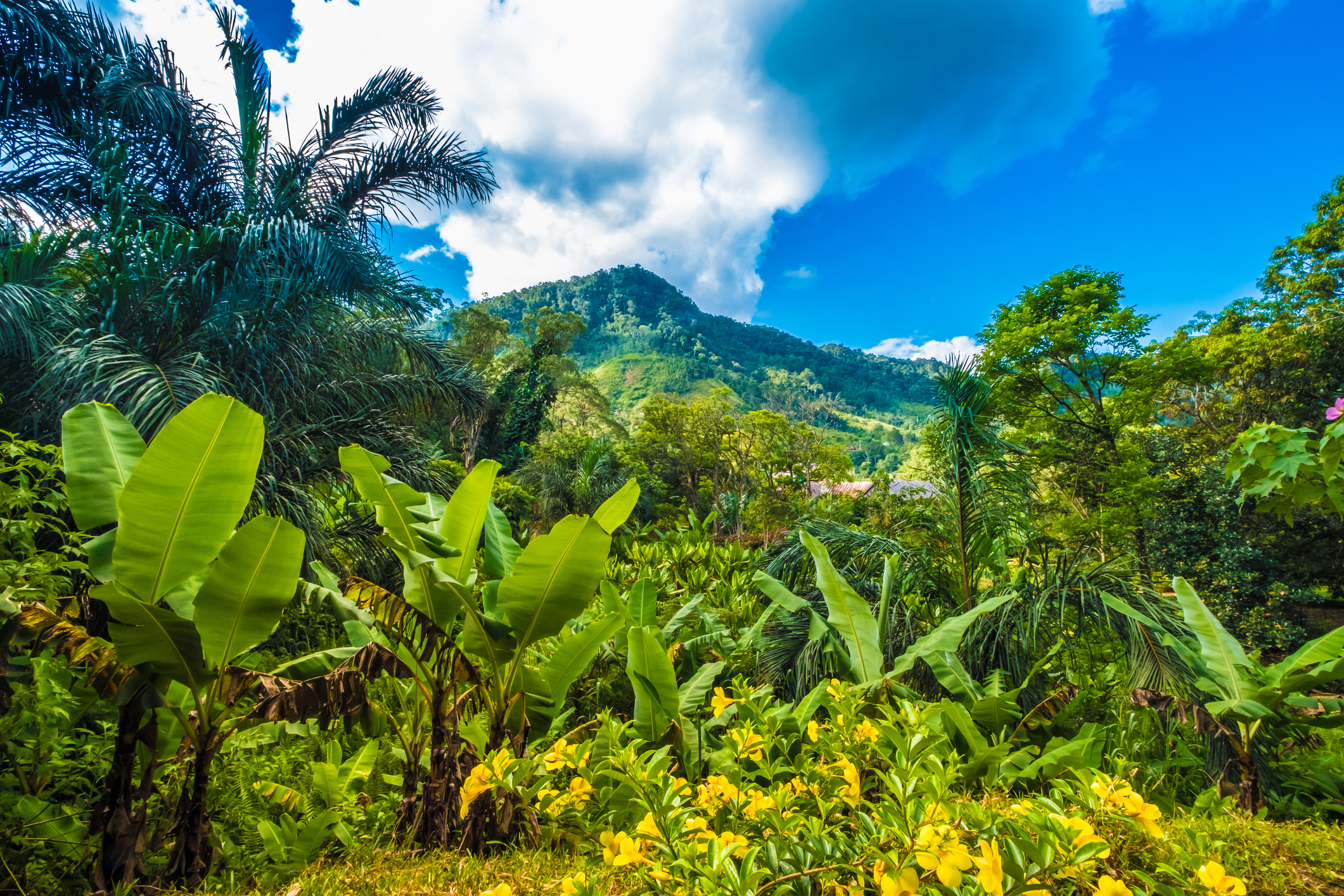
Learn how we keep our Uroplatus Geckos
To keep leaf-tailed geckos healthy in captivity, it’s important to replicate their natural habitat’s specific temperature, humidity, and environmental conditions.
To replicate the natural habitat of leaf-tailed geckos in captivity, you need to create a suitable microclimate within their enclosure. The key factors to focus on are temperature, humidity, lighting, and enclosure setup.
Temperature
Leaf-tailed geckos are used to moderate temperatures found in shaded forests. In captivity, the temperature should mimic their natural habitat:
Daytime Temperature: Maintain a range of 72-80°F (21-27°C). Some species from higher elevations or cooler forests, such as fiera or phantasticus, may prefer temperatures on the lower end of this range, while those from warmer forests, such as ebenaui or henkeli, can tolerate the higher end.
Sometimes, we use a low-wattage heating bulb as a basking spot for our Leaf-tailed Geckos. We aim for a basking area of 86-88. We’ve mostly done this on henkeli enclosures. We’ve found that more than most species, female henkeli will seek out these warmer basking areas when gravid. Keep an eye on your temperatures. If you do not do this properly, you could overheat your enclosure. This is especially true in smaller enclosures.
Nighttime Temperature: Allow a temperature drop to 64-68°F (18-21°C) at night. This drop mimics the forest’s natural cooling after sunset and helps promote normal behavior and metabolism.
Avoid excessively high temperatures, as leaf-tailed geckos are not well-adapted to heat. Temperatures above 85°F (29°C) can cause stress or health issues, so the enclosure should be kept within safe limits.
The best way to keep Uroplatus is in a room or building where the entire room can be temperature-controlled. This isn’t to say that you can control temperatures inside an enclosure in a room with a different temperature, you certainly can —but it does become more difficult. Here at Nealon Reptiles, we have a whole building dedicated to our Uroplatus. It makes it easy to control the temperatures consistently throughout hundreds of enclosures. We also deploy multiple commercial fans throughout the Uroplatus building to keep temperatures consistent from the bottom of the room to the top. It also helps distribute humidity throughout the room.
Baby Uroplatus and Temperature
Our years of breeding Uroplatus show that recent hatchlings and babies are more susceptible to high temperatures. We keep our baby Uroplatus in a room that won’t go above 74°F during the day or below 66° at night.
Humidity
High humidity is essential for leaf-tailed geckos, supporting hydration, proper shedding, and overall health. We aim to mimic their natural conditions as closely as possible, including humidity. Uroplatus are exposed to high humidity levels in the wild, especially rainforest environments.
Depending on the species and their natural habitat, you’ll want to maintain daytime humidity between 60-70%. At night, we keep the humidity in our Uroplatus room as high as possible, maintaining 90-95%. Rainforest species require higher humidity (80-90%), while those from drier forests can tolerate slightly lower levels (70-80%).
Maintaining Proper Humidity Levels
To maintain consistent humidity, you can use misting systems, hand misting, or automated foggers. Daily misting is recommended to simulate morning dew and evening rain. Ensure the enclosure dries out between mistings to prevent mold and mildew growth.
It is essential to have a hygrometer that will accurately monitor humidity levels. It is also important to avoid keeping the enclosure too wet or dry, as both extremes can lead to health problems.
At our facility, we’re lucky enough that all of our buildings are temperature-controlled. Instead of worrying about maintaining individual enclosure humidity, we maintain it for the whole room. Our favorite way to do this is using a HydroFogger. These devices hook right into a garden hose and put out serious humidity. We’ll use 2 or even 3 of these in our larger rooms to maintain high humidity levels. Most of the time, these HydroFoggers run only at night.
We also deploy commercial dehumidifiers during the day when needed. If, after the lights come on, we don’t see the drop in humidity we like, we’ll turn one of these on to remove moisture and bring our humidity levels down into the 60% range.